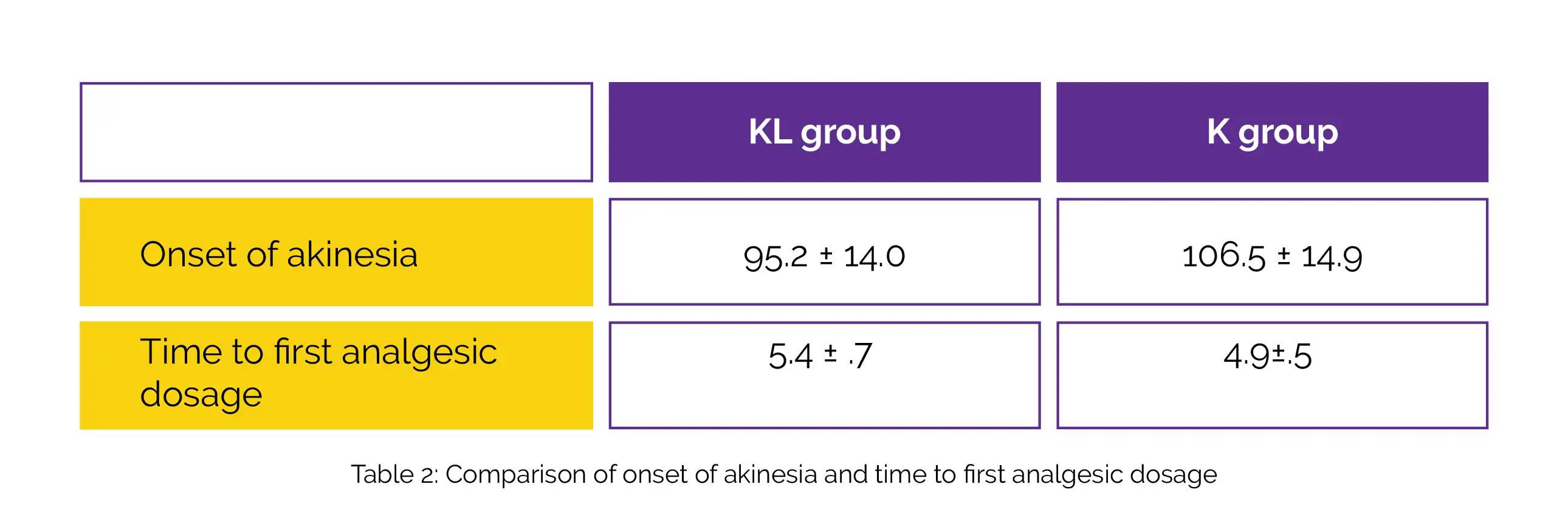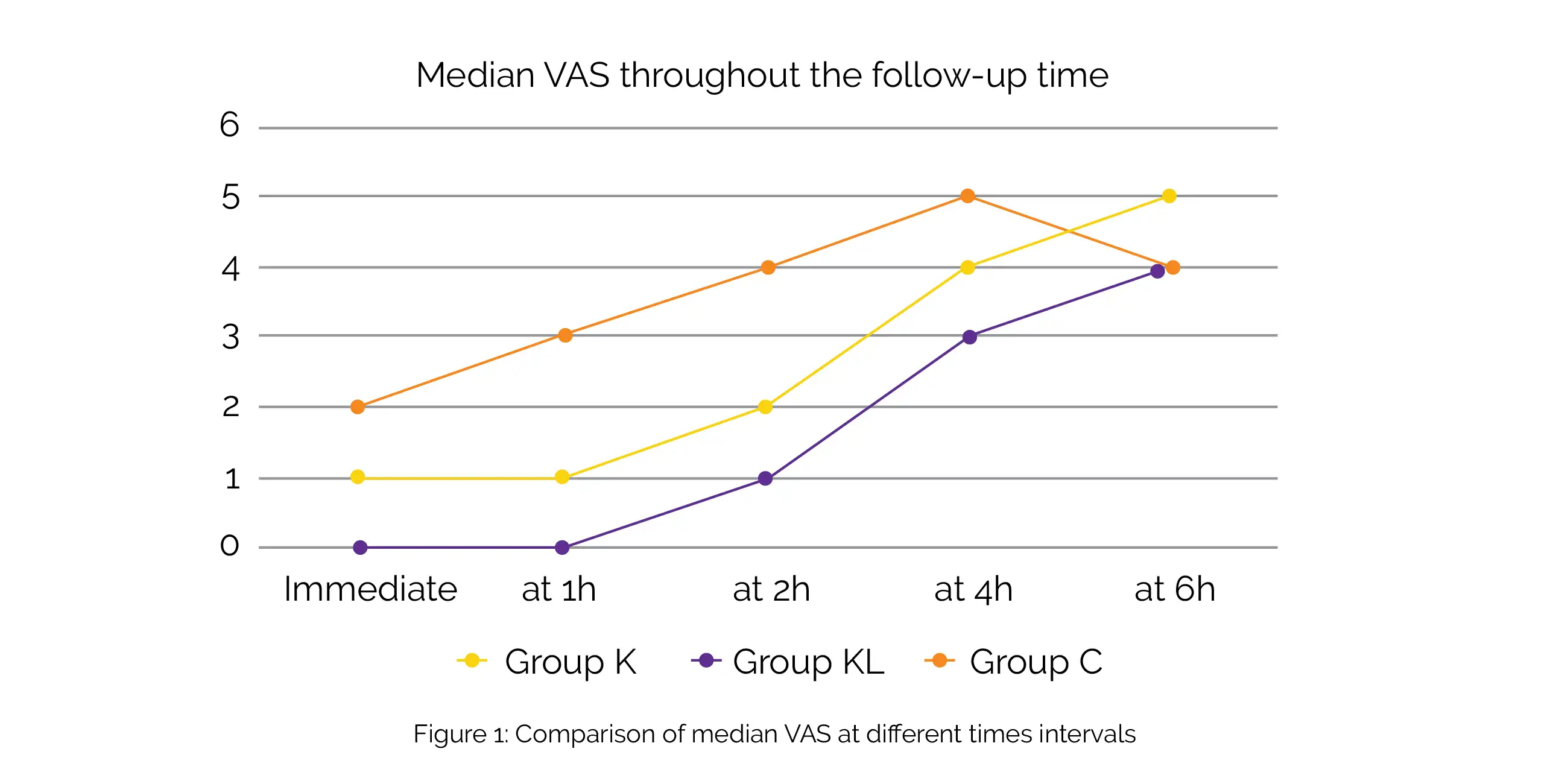Categories
Change Password!
Reset Password!


Combination of Ketorolac with local anesthesia mixture is effective and safe to alleviate pain during strabismus surgery under peribulbar block.
In a randomized controlled clinical study, the use of Ketorolac and local anaesthesia (LA) mixture for the peribulbar block during strabismus surgery was reported to effectively improve anesthesia, decrease postsurgery and intrasurgery pain, and delay the requirement for postsurgery supplemental analgesic agents. Iman S. Aboul Fetouh et al. aimed to determine the safety, anesthetic and analgesic effectiveness of preoperative intravenous Ketorolac vs. Ketorolac+LA for squint surgery.
Overall, 30 adults scheduled for strabismus surgery under peribulbar block were recruited and allocated into 3 groups. The control group (C) was given the LA mixture that contained 5 IU/ml hyaluronidase and 10 ml of 2% lidocaine. Thirty minutes prior to the LA injection, the Ketorolac group (K) were given 30 mg of Ketorolac intravenously. An LA mixture with 4 mg/ml Ketorolac added was given to the Ketorolac local group (KL).
Compared to the K group, onset of anesthesia was substantially shorter in the KL group, and both were remarkably shorter when compared to the control group, as shown in Table 1:

When contrasted to the K group, onset of akinesia was remarkably shorter while the time to the first analgesic dosage was substantially longer in the KL group, as depicted in Table 2:

In comparison to the K group and control group, the block duration was substantially longer in the KL group. Profound differences between medians of VAS scores indicated that pain was less in the KL group than in the K group, as shown in Figure 1:

Both preoperative intravenous dose of Ketorolac and its addition to the LA mixture was safe with minimum adverse events.
Egyptian Journal of Anaesthesia
Comparative study between the analgesic effect of ketorolac when administrated intravenous preoperatively versus when added to local anesthesia in squint surgery
Iman S. Aboul Fetouh et al.
Comments (0)